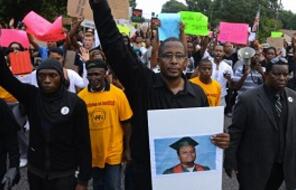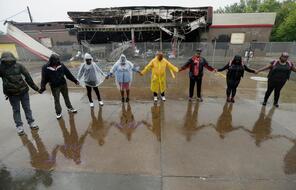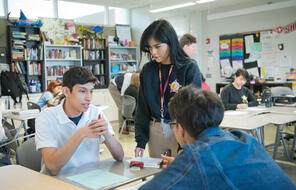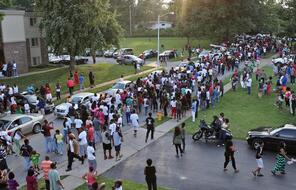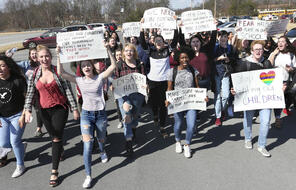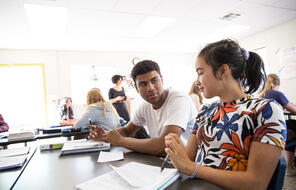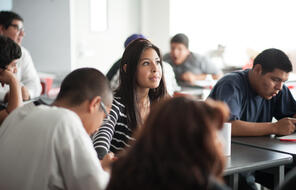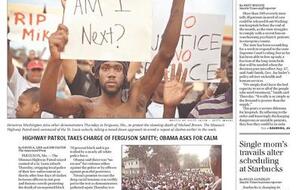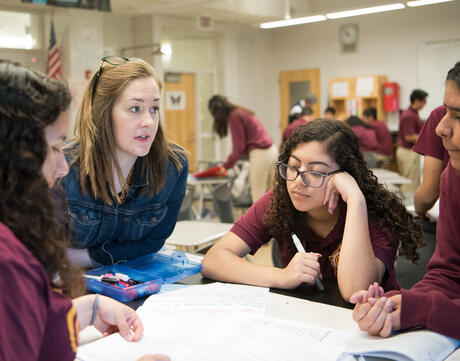
What Does It Mean to Belong?
Duration
One 50-min class periodSubject
- Civics & Citizenship
Grade
6Language
English — USPublished
Overview
About This Lesson
In Lesson 8, students explored issues of membership and belonging through a fictional and historical example. “The ‘In’ Group,” a short reading included in this lesson, brings ideas about inclusion and exclusion to a more familiar context—a middle school playground. The narrator of the story, Eve Shalen, recounts her experience as an outcast among her peers. She highlights a moment in eighth grade when she was invited to join the “in” group. At times a victim of ostracism, Eve is confronted with a difficult choice about how to behave. Should she join the “in” group in taunting another classmate? Should she stand by as they read a classmate’s diary? Should she try to stop them from violating her classmate’s privacy? As students predict what they think Eve will do, they can identify the different roles people play in a community. Words such as victim, perpetrator, bystander, and upstander help students describe the behavior of individuals and groups they will study in world history. This vocabulary also helps students think about their roles and relationships within their own communities.
Eve’s story also highlights the universal desire to belong to a community—a desire that can be seen in the behavior of ancient Egyptians as well as Mayans. In those societies, like many others, ostracism and exile were considered to be the harshest penalties. To achieve a sense of belonging, individuals often choose to conform to the norms and behaviors of the group. Indeed, Eve Shalen joins the “in” group in mocking a fellow student even though she knows that this behavior is wrong and hurtful. Throughout their study of world history, students will recognize examples of conformity to established customs, religious beliefs, and patterns of behavior. At times, conformity may serve a civilization well by maintaining stability and a sense of cohesion, whereas at other times conformity may lead to a society’s decline, especially in times of environmental, economic, or political change.
Lesson Plans
Activities
Materials and Downloads
What Does It Mean to Belong?
How Do Communities Define We & They?
How Do Rules & Traditions Shape Communities?
Unlimited Access to Learning. More Added Every Month.
Facing History & Ourselves is designed for educators who want to help students explore identity, think critically, grow emotionally, act ethically, and participate in civic life. It’s hard work, so we’ve developed some go-to professional learning opportunities to help you along the way.
Exploring ELA Text Selection with Julia Torres
On-Demand
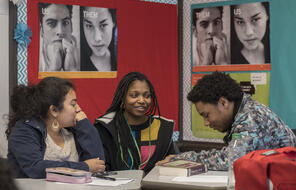
Working for Justice, Equity and Civic Agency in Our Schools: A Conversation with Clint Smith
On-Demand

Centering Student Voices to Build Community and Agency
On-Demand




